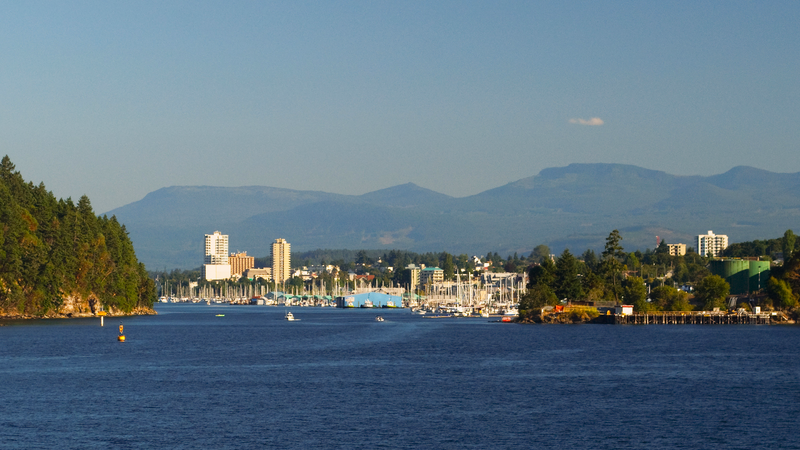
Housing, schools & nightlife needed as Nanaimo’s population landscape rapidly changing
NANAIMO — A grey wave in the Harbour City may be beginning to subside, or at least be partially replaced by a younger tsunami.
For the first time in a long time, Nanaimo’s primary projected population growth is in the 25 to 44 year old age group, pacing well above retiring baby boomers aged 65 and up.
Amrit Manhas, economic development officer for the City of Nanaimo, told Council on Monday, April 4, upwards of 25 per cent more working-age adults are forecast to come to the region over the next decade.
“This demographic shift is going to lead to some structural changes in the economy over time because a younger population always demands different products and services as well as amenities.”


